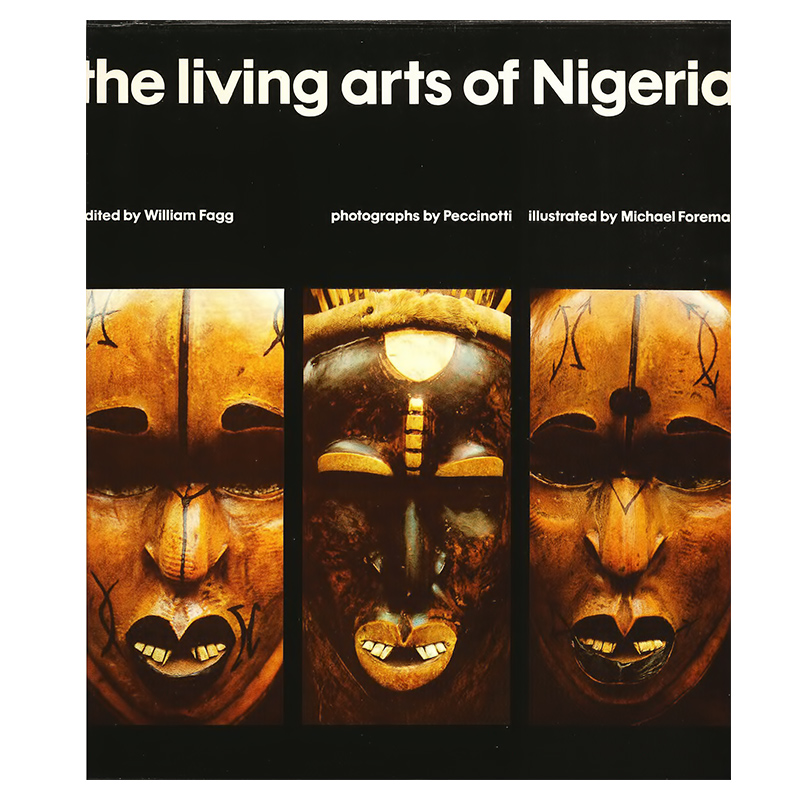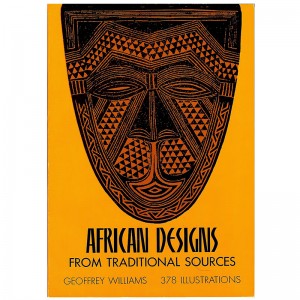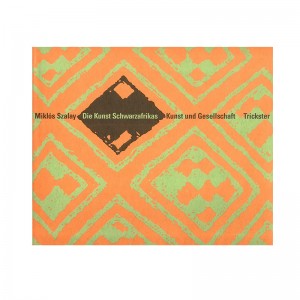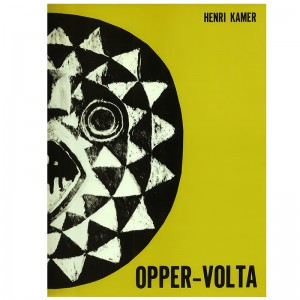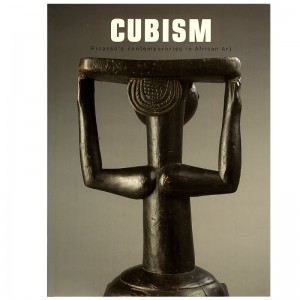THE LIVING ARTS OF NIGERIA
Author: W. FAGG
Material Type: general or thematic Work
Publisher: Studio Vista, London, 1974. Hardcover with blue binding of toilée editor under jacket illustrated color in very good condition, in-4, size: 25 x 25.5 cm, ISBN 0 289 70276 3
Content: 106 p, 25 Color photos, 14 drawings, biblio…
Additional information: 2nd Edition
State of the work: Very good condition considering its age
Description
The artistic heritage of Nigeria is very rich, its roots are firmly rooted in its history and way of life; its techniques have been passed down from master to apprentice, from father to son for hundreds of years. As a culture, it is very much alive. Yet, until now, although renewed interest in African art of the past has led to numerous books, little attention was paid to the “living art” book serves to make aujourd’hui.Ce account of some major trades practiced in Nigeria today, and show the variety of goods, beaded crowns of kings of the Yoruba to the simple function jars of water. William Fagg, curator of ethnographic art from the British Museum and authoritative African arts, presents the book, placing the arts and crafts of Nigeria in the context of Africa and its history. The book is divided into seven sections, alternatively dealing with bead work, copper, dyeing, leather, pottery, weaving and sculpture. Each section consists of several pages of color photographs, prefaced by a brief but detailed the art, by William Fagg, and increased by Michael Foreman clearly labeled illustrations of the Nigerian artist–craftsman at work. “The Living of Arts of Nigeria” provides an eloquent record of the extraordinary vitality of indigenous crafts still practiced in Nigeria today.
Additional information
| Weight | 710 g |
|---|---|
| Dimensions | 25 × 25.5 cm |
Related Products
-
AFRICAN DESIGNS
13,00 €Subtitle: FROM TRADITIONAL SOURCES Author: G. WILLIAMS Material Type: general or thematic Work Publisher: Dover Publications, Inc., New York, 1971. Paperback, dimensions: 16.5 x 23.5 cm, ISBN 0-486-22752-9 Content: 227 p, 378 drawings, maps 1, Library, list of illustrations.. Additional information: original edition State of the work: Very good condition
-
OPPER-VOLTA
100,00 €Authors: H. KAMER / TRIANDE T. Material Type: Exhibition Catalogue. Studio 44 - Passage 44, Brussels: 5 to 23 September 1973. Publisher: André De Rache, Brussels, 1973. Paperback, 4to, dimensions: 22.5 x 29 cm. Content: 184 p, 106 ill.. b / w, 4 ill. col., 8 pictures col. 5 pl.n / b, 3 cards. Additional…
-
CUBISM
30,00 €Subtitle: Picasso's contemporaries in African Art Author: J. VISSER Material Type: general or thematic Work Publisher: Gallery J. Visser, Brussels, 2006. Paperback, dimensions: 17 x 22.5 cm Content:. 32 p, 9 ill. col., 15 pl.coul., 1 drawings Library. Additional information: limited release. English text. Book sold. Condition of the structure: As new
33,00 €
Out of stock



